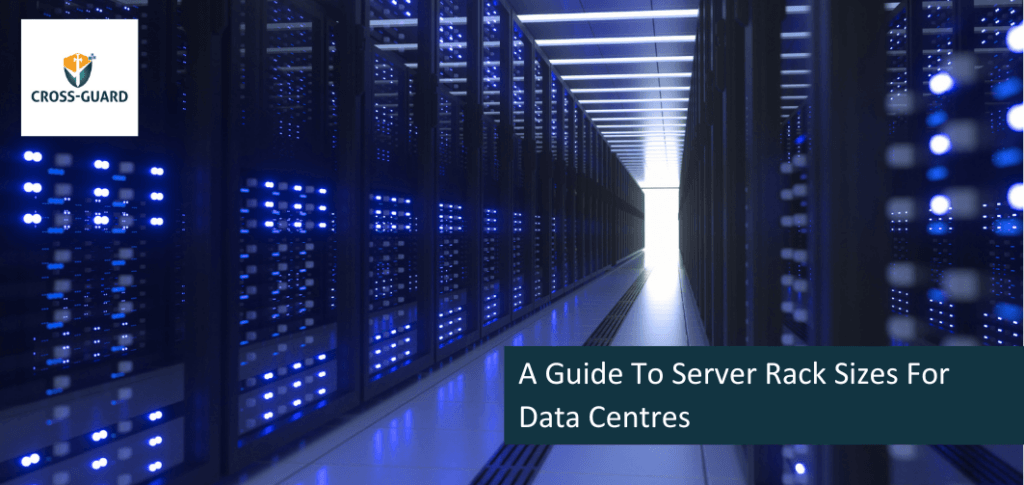A Guide To Server Rack Sizes For Data Centres

Today server racks are available in a wide range of sizes, with their own pros and cons. Businesses need to evaluate their options and consider a variety of factors when selecting their rack sizes.
What is a Server Rack Size and Why Does It Matter?
Server Rack Size, also known as cabinet size, refers to the total size of the racks that house servers in data centres or other hosting facilities.
Rack sizing is an important factor as it determines how many servers you can fit inside each rack as well as which types of servers the rack can accommodate. In addition, the size of the rack can impact the number of cables and power equipment that can be accommodated, which is important in situations where additional cables are needed.
It Is Essential To Understand Server Rack Size
The racks are determined by these three basic dimensions:
Height: Rack height is usually the single most important factor due to servers being stacked on top of each other. Server racks are typically around 7ft high, but taller options are available.
Width: The width of a rack is usually not as crucial as its height and depth since most servers conform to the standard width of 19 inches. Nevertheless, in certain scenarios, you might require a broader rack to ensure that there is enough room for cables and power.
Depth: Sever depth can affect how large each server can be. Most servers don’t exceed depths of around 1 meter, but some require extra space.
One of the most common servers that can be found in a data centre is the 42U. Most 42U racks are about 73.5 inches high due to how much height is required to accommodate 42 servers that each require 1.75 inches of vertical space. However, there are plenty of exceptions and different sizes.
Due to there being a variety of racks available on the market, how can you decide which rack will be the best for you? Here are a few factors that need to be considered.
What is the height of your server room?
It is crucial to ensure that there is sufficient airspace above the racks to allow proper air circulation for cooling purposes. Additionally, the space above the servers should be enough to accommodate any cables. Taller racks are more economical as they allow for a higher density of servers in relation to the square footage of your server room, which is another factor to consider.
It is essential to keep cooling in mind.
Depending on how you decide to cool your data centre will also have an impact on the rack size. If you rely on air to dispute heat, it is necessary to ensure the racks are not cramped. However, it’s important to avoid leaving excess empty space inside the rack as it will increase the amount of air needed to cool the servers.
Are you planning to expand in the future?
If you expect to add servers over time, you will of course want to choose a rack size that gives you room to grow. If you don’t anticipate expansion, you can save money by purchasing a smaller rack.
Server rack size may seem relatively simple at first glance but don’t assume that 42U racks are the way to go just because they’re the most popular.
Instead, assess your overall priorities, such as how many servers you need to deploy today and in the future and your energy-efficiency requirements, then select a rack size that caters to them.
When it comes to choosing the size of server racks, it may seem like a simple task to just go with the most popular option of 42U racks. However, it’s important to consider your specific needs before making a decision. Factors like the number of servers you need to deploy both now and in the future, as well as your energy efficiency requirements, should be taken into account.
Once you’ve assessed your overall priorities, you can then choose a rack size that best suits your needs.
SHARE
DOWNLOAD A COPY OF OUR BROCHURE

